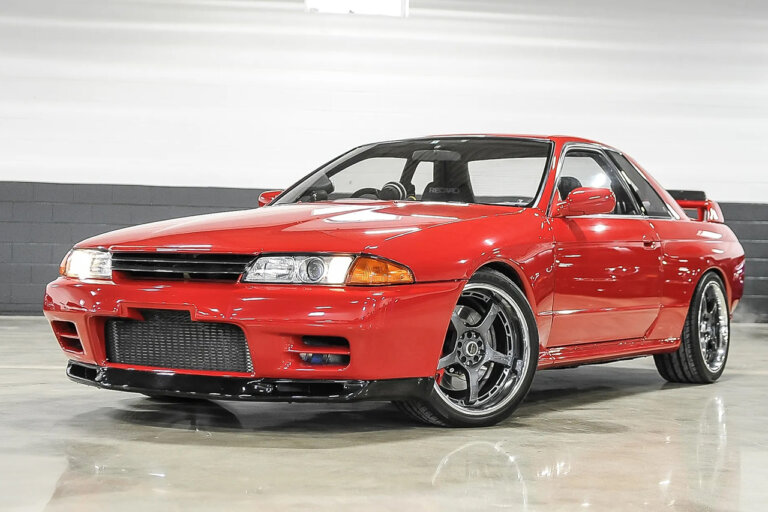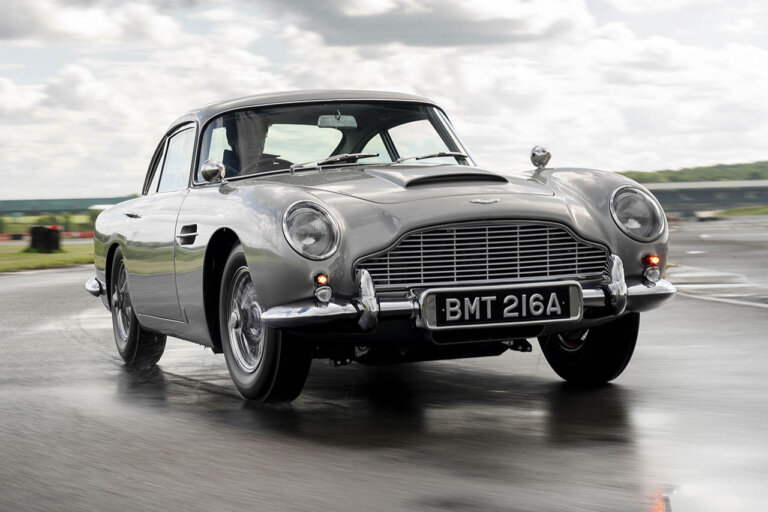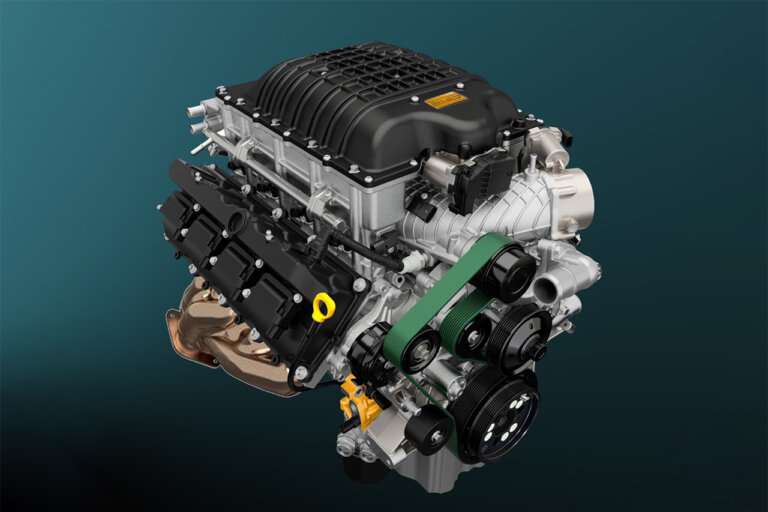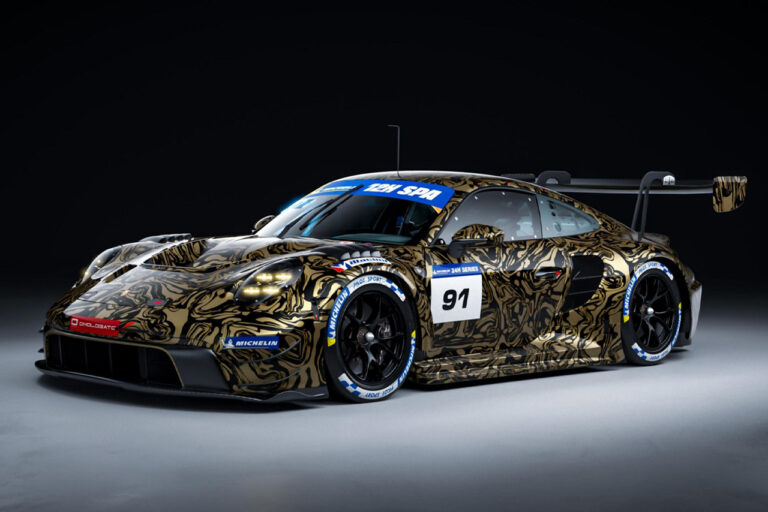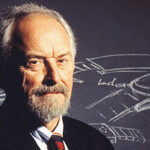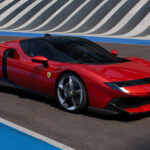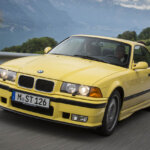Porsche 356 Pre-A
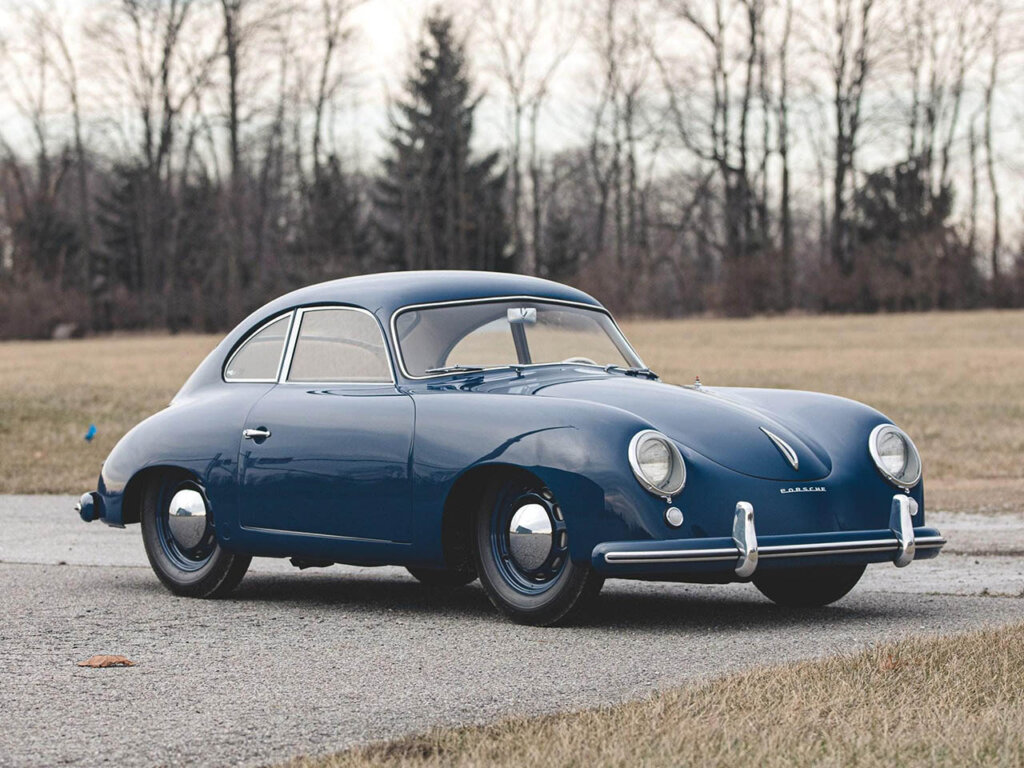
Source: Sttucars
| Trim | Production | Engine | Power | Transmission | Drivetrain |
| Pre-A | 1948 – 1953 | 1.1L Type 369 Boxer-4 1.3L Type 506/589 Boxer-4 1.5L Type 527, 528 & 546 Boxer-4 | 40 – 70 HP / 42 – 72 PS / 29 – 52 kW | 4-Speed Manual | RWD |
| Pre-A | 1953 – 1955 | 1.3L Type 589 Boxer-4 (1300 S) | 40 – 70 HP / 42 – 72 PS / 29 – 52 kW | 4-Speed Manual | RWD |
The overall shape of the 356 remained more or less set. In 1951, 1,300 and 1,500 cc engines with considerably more power were introduced. In April 1952 the split windscreen was replaced by a slightly V-shaped, single windshield, which fit into the same shape opening. In 1953, the 1300 S or “Super” was introduced, and the 1,100 cc engine was dropped.
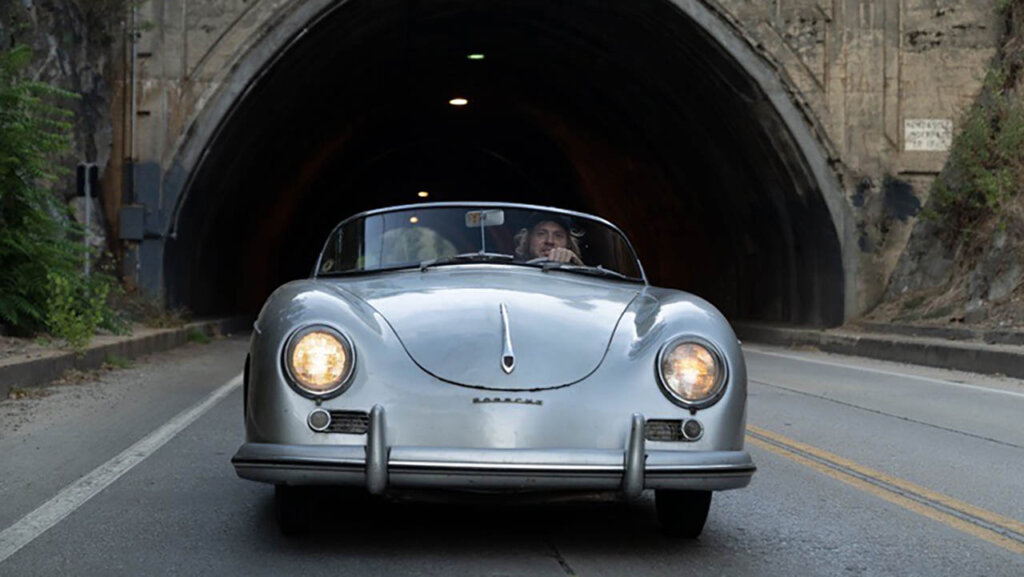
Source: Porsche Newsroom
In late-1954 Max Hoffman, the sole US importer of Porsches, convinced Porsche to build a stripped down roadster version with minimal equipment and a cut-down windscreen. Towards the end of the original 356’s time, Hoffman also wanted a model name rather than just a number. He got the factory to use the name “Continental” which was applied mostly to cars sold in the United States. Ford, makers of the Lincoln Continental, sued. This name was used only in 1955 and today this version is especially valued. For 1956, the equivalent version was briefly sold as the “European”. Today all of the earliest Porsches are highly coveted by collectors and enthusiasts worldwide, based on their design, reliability and sporting performance.

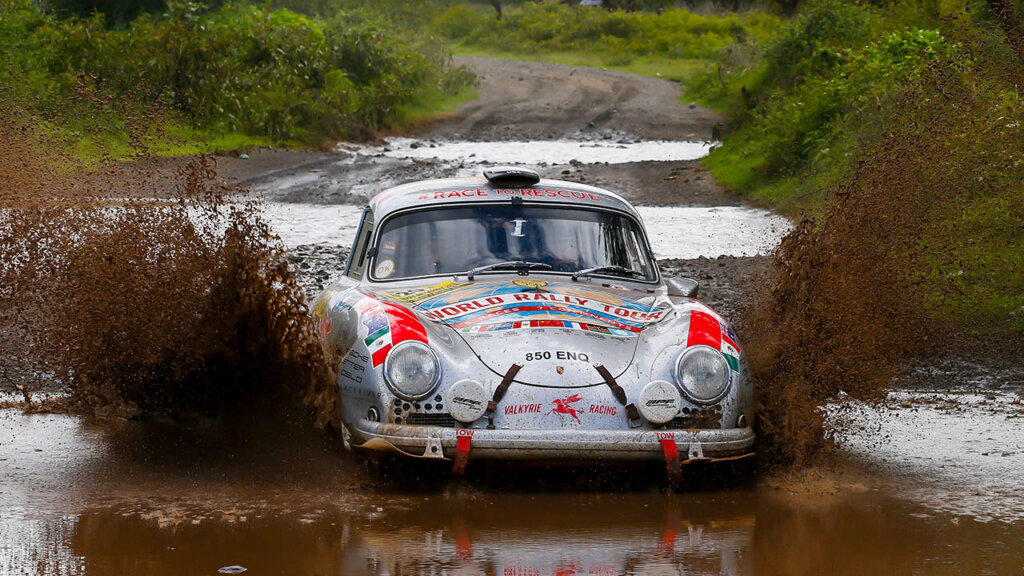
Source: Porsche Newsroom
Porsche 356 A
In late 1955, the 356 A made its entrance with several noteworthy refinements. Referred to as the “T1” by enthusiasts due to its internal factory designation as “Type 1,” it succeeded the earlier models. In the United States, a total of 1,200 early 356s were initially labeled as the “Continental,” followed by a limited run of 156 units from autumn 1955 to January 1956 known as the rare T1 “European” variant. Afterward, it reverted to the numerical 356 designation. Early 1957 saw the introduction of the Type 2 (or T2), marking the second revision of the 356 A. The Speedster model reached its production peak in 1957 with 1,171 cars before gradually declining. Additionally, the highly sought-after four-cam “Carrera” engine, initially reserved for the spyder race cars, became an optional offering starting from the 356 A.
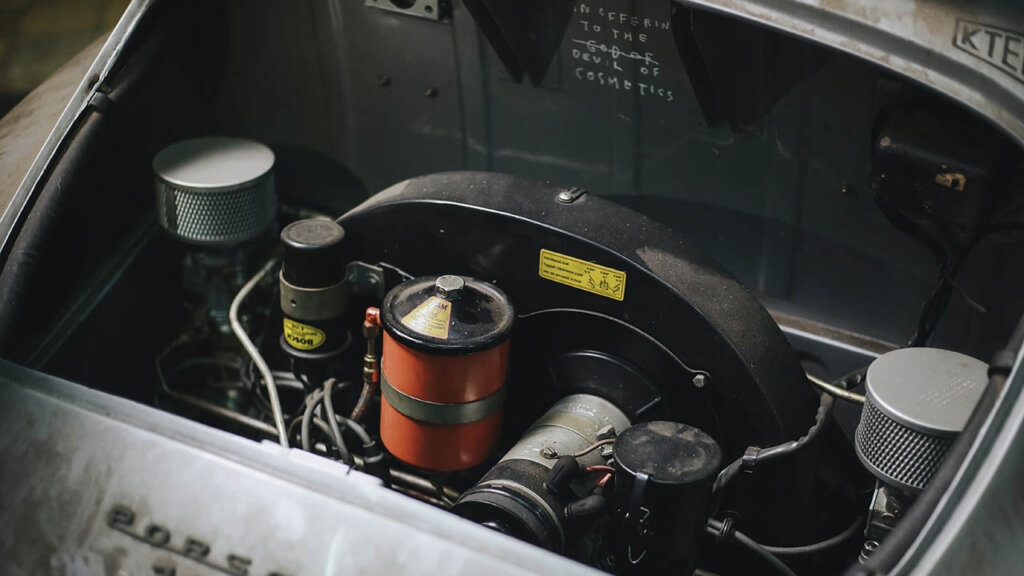
The most common engine configuration was a 1.6 L four-cylinder boxer engine, featuring air-cooling, naturally aspirated design, pushrod overhead valve (OHV) technology, and two valves per cylinder. Equipped with dual downdraft Zenith carburetors, it generated 60 PS (59 hp; 44 kW) at 4,500 rpm and a maximum torque of 110 N⋅m (81 lb⋅ft; 11 kg⋅m) at 2,800 rpm.
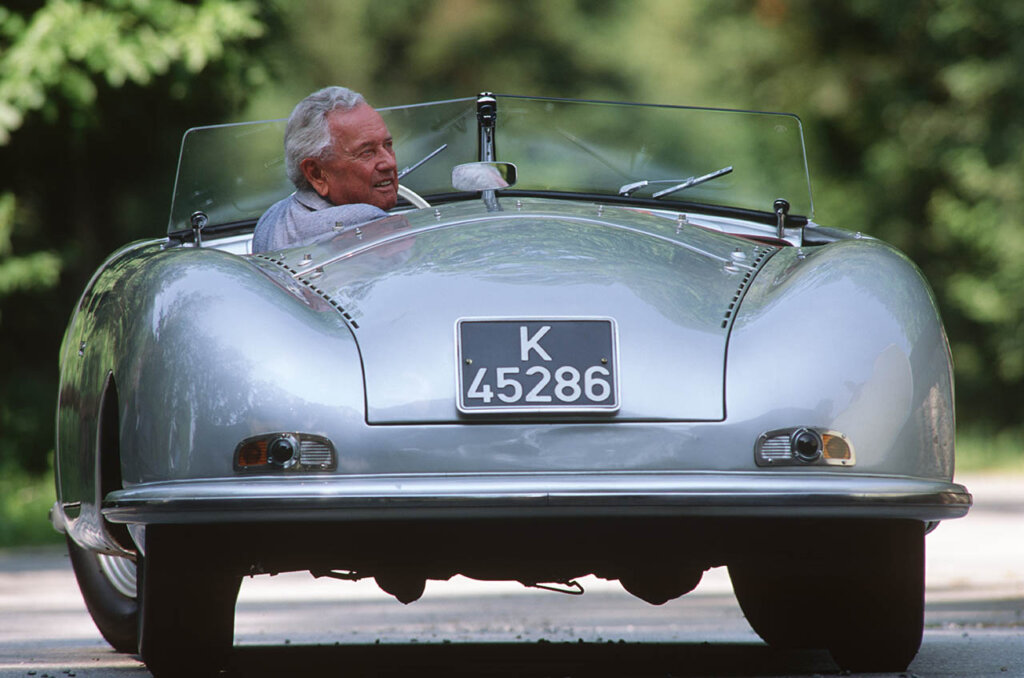
Source: Porsche Newsroom
| Trim | Production | Engine | Power | Transmission | Drivetrain |
| 356A | 1955 – 1956 | 1.3L Type 506/506 Super Boxer-4 | 44 – 60 HP / 45 – 61 PS / 32 – 44 kW | 4-Speed Manual | RWD |
| 356A | 1957 – 1959 | 1.5L Type 547 Boxer-4 (Carrera GS) | 100 HP / 101 PS / 74 kW | 4-Speed Manual | RWD |
| 356A | 1956 – 1959 | 1.6L Type 616/616 Super Boxer-4 | 60 – 75 HP / 60 – 76 PS / 44 – 55 kW | 4-Speed Manual | RWD |

